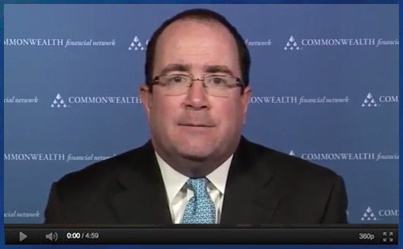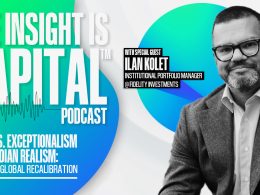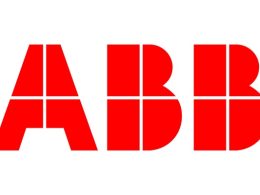Employment: The Big Picture
by Brad McMillan, CIO, Commonwealth Financial Network
 As I said yesterday, the jobs numbers are (in my opinion) the most important economic data we need to watch. It seems appropriate, as the Labor Day weekend begins, to spend some time thinking about where the labor market is going.
As I said yesterday, the jobs numbers are (in my opinion) the most important economic data we need to watch. It seems appropriate, as the Labor Day weekend begins, to spend some time thinking about where the labor market is going.
Given today’s jobs report, it is also very timely. I spent the morning sifting through the details of the report, but it’s also valuable to step back and get a look at the forest instead of the trees.
Report may be less disappointing than it seems
At 151,000, the jobs created in August were well below the levels of the last two months, as anticipated. But they also fell below expectations for a gain of around 180,000–190,000. Worse, the underlying data was weak. The average hours worked number ticked down, while wage growth was lower than it has been for some time. Not a terrible report, but certainly not a great, or even an average, one.
At the same time, as I said yesterday, August has disappointed for five years in a row. So although I wish it was better, it could have been—for technical and not fundamental reasons—a good deal worse. Looking in more detail, results this August were extremely close to those of last August, during a pretty good time. Perhaps the report is less disappointing than I originally thought.
From a market perspective, that certainly seems to be the case. U.S. markets are up as I write this. How could that be?
For markets, this may be a Goldilocks report, neither too hot nor too cold. Job growth of 151,000 shows the economy is still growing (strong enough), but there’s no pressure on the Federal Reserve to raise rates this month (not too strong). Markets are reacting to the prospect of continuing economic growth plus continued, at least for a while, monetary stimulus. Not too much to worry about from that perspective.
Employment recovers; now what?
Bigger picture, though, we may be hitting a transition point in job growth. According to the vice chair of the Fed, we are essentially at full employment. Job openings are rising even as hiring starts to decline, suggesting a mismatch of jobs with available employees. Wage growth remains tepid overall even as it starts to accelerate for the lowest income tranches.
The question we’ve been worried about for the past several years—whether employment will ever come back—has been answered, affirmatively. Now that we’re here, we need to take a look around and see exactly what “here” looks like. The last time I checked, the job market looked very much like that of the mid-2000s, in both composition and growth levels. At the same time, wage growth was very different. We need a more updated analysis.
This matters, and not just for economic reasons. Income inequality and wage growth have been big themes in U.S. politics. Understanding where we are right now, after almost seven years of recovery, should help to illuminate the trends that are driving the presidential race, which are likely to continue regardless of who is elected.
Next week, we will take a deeper look at what jobs are saying about the future.
Have a great long weekend, all!
Commonwealth Financial Network is the nation’s largest privately held independent broker/dealer-RIA. This post originally appeared on Commonwealth Independent Advisor, the firm’s corporate blog.
Copyright © Commonwealth Financial Network














